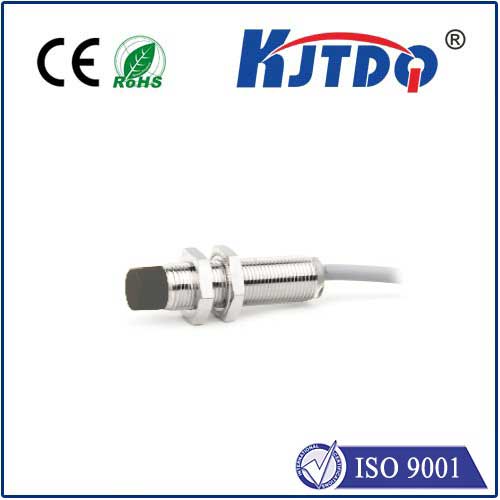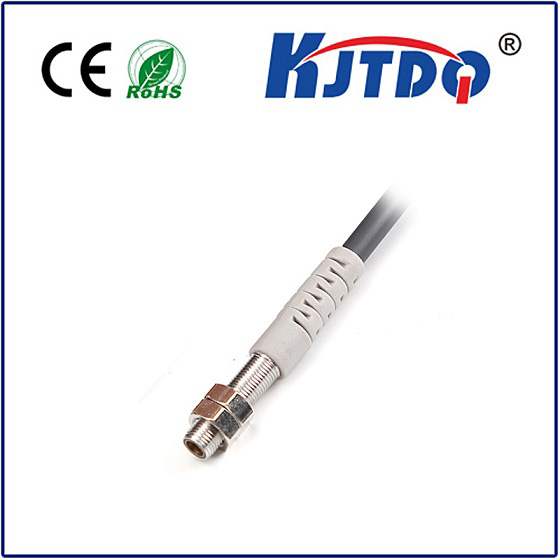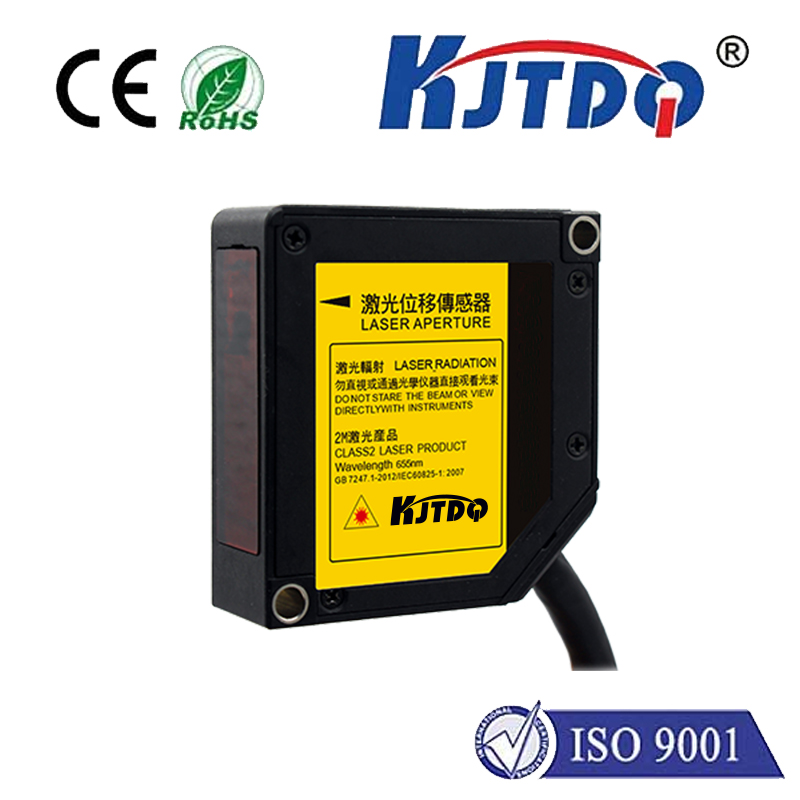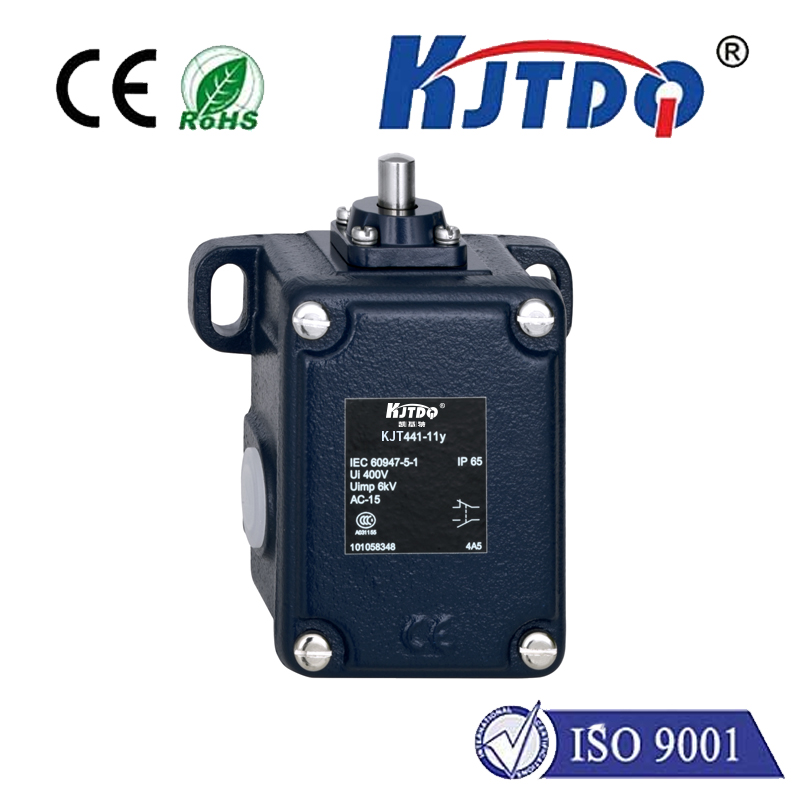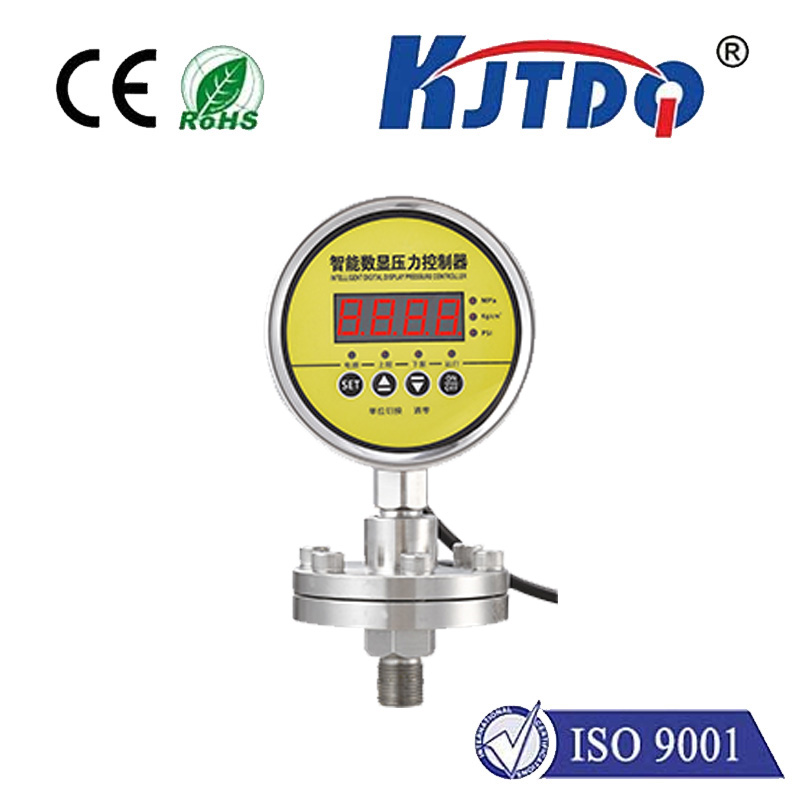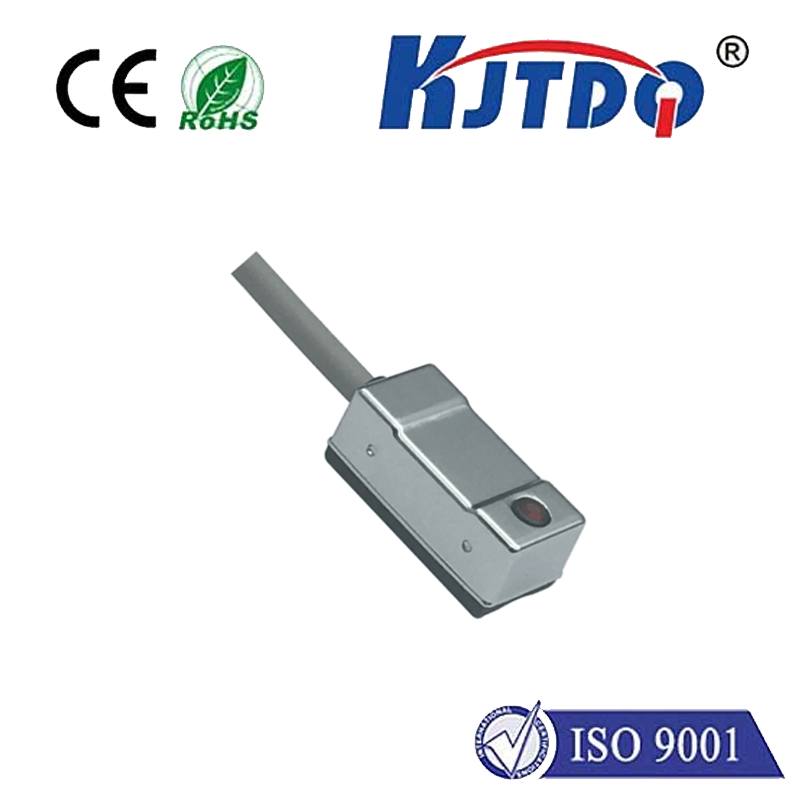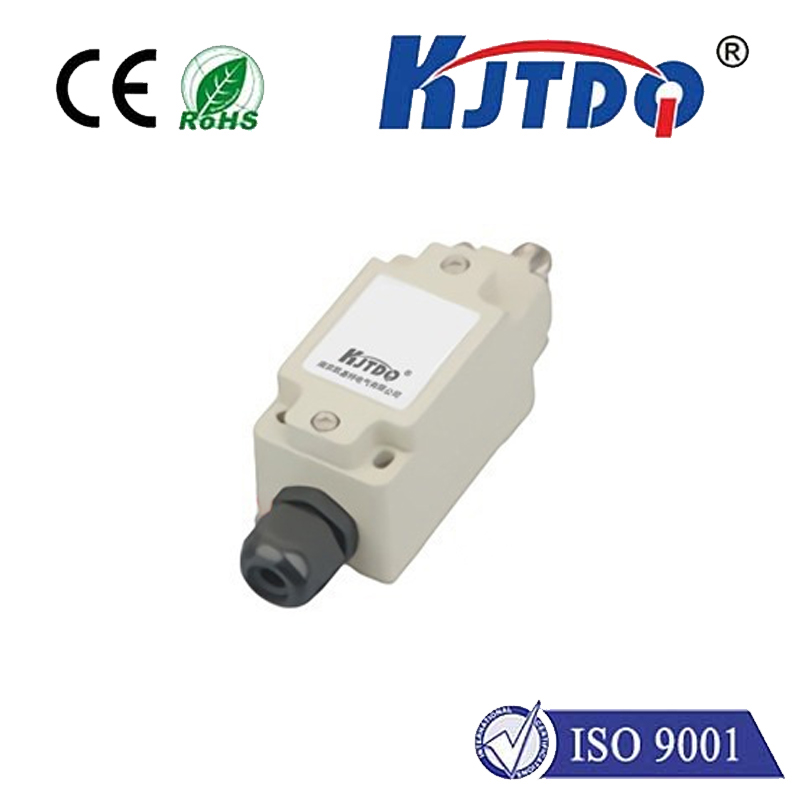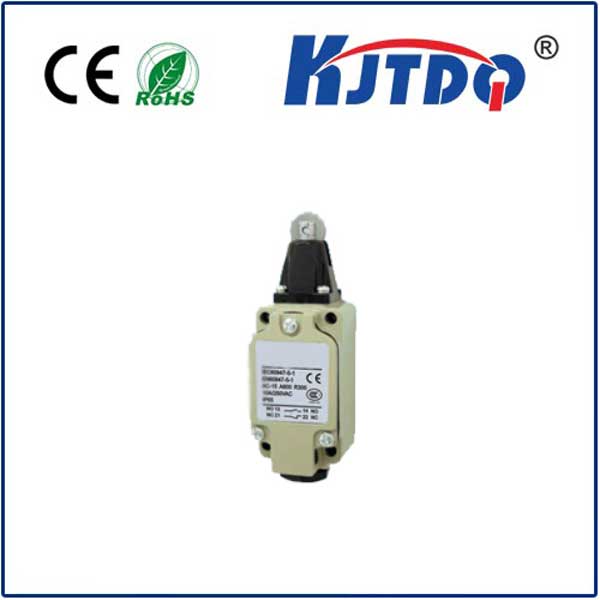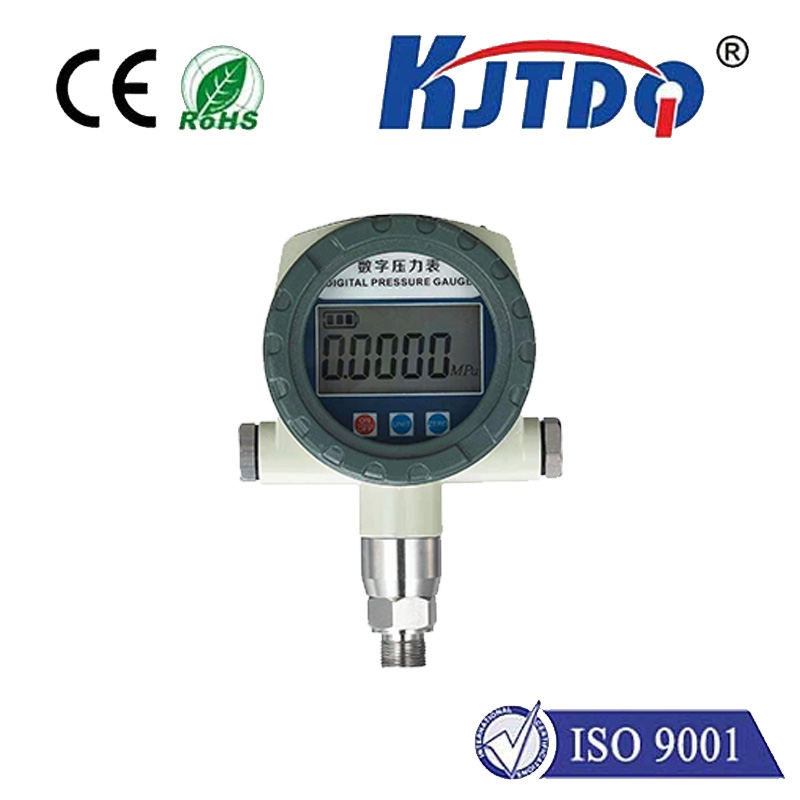diffuse sensor with background suppression
- time:2025-07-23 14:41:37
- Click:0
Diffuse Sensors with Background Suppression: Precision Detection Unhindered by Background Interference
Ever struggled with photoelectric sensors falsely triggering because of objects or surfaces behind the actual target? Anyone working in industrial automation, packaging, or material handling has likely wrestled with this frustrating limitation of standard diffuse sensors. That’s where diffuse sensors with background suppression step in as game-changers, offering a sophisticated solution for reliable object detection in complex environments.
Understanding the Core Challenge: Limitations of Standard Diffuse Sensors
Standard diffuse photoelectric sensors operate on a simple principle: the sensor contains both an emitter (usually an infrared LED) and a receiver. Light emitted towards a target is diffusely reflected off its surface. Some portion of this reflected light travels back to the receiver within the sensor. When enough reflected light is detected, signifying the presence of an target within its general range, the sensor switches its output state.
The key limitation? These sensors primarily react to the intensity of the reflected light. This makes them highly susceptible to:
- Highly reflective background objects (e.g., shiny machine parts, metal brackets): These can reflect significant light back to the receiver, fooling the sensor into thinking a target is present even when it’s not.
- Dark or low-reflective targets against lighter backgrounds: The target might not reflect enough light compared to the background, causing the sensor to miss its presence.
- Variations in target color or surface texture: Changes in reflectivity can lead to inconsistent detection performance.
Essentially, without background suppression, the sensor struggles to distinguish between the desired target and everything else behind it within its optical range. This is where the intelligent design of background suppression (BGS) technology comes into its own.
The Innovation: How Background Suppression Works

Diffuse sensors with background suppression (BGS) overcome the limitations of basic diffuse models by employing a clever optical principle: triangulation.
Instead of merely measuring the intensity of the reflected light, a BGS sensor evaluates the angle at which the light returns to the sensor. Here’s the breakdown:
- Precise Optical Design: The sensor’s emitter projects a focused light spot onto the target. Crucially, the receiver isn’t a single element; it uses a specialized lens system or a position-sensitive detector (PSD).
- Angle is Key: The reflection angle of the light beam changes depending on the distance of the target. Light reflected from a closer object returns at a steeper angle, while light reflected from an object farther away returns at a shallower angle.
- Triangulation Principle: The sensor’s optics are designed so that light returning from objects within a specific, programmed distance range (the foreground) focuses sharply onto the receiver element. Light reflected from objects beyond this defined range (the background) falls out of focus or onto a different part of the receiver element.
- Intelligent Evaluation: Internal electronics don’t just look for “light on” or “light off.” They analyze where on the receiver the light spot falls. If the focused light spot hits the designated area for the set sensing range, the target is detected. If the light is defocused or hits the area corresponding to the background zone, it is ignored, regardless of its intensity.
Why Choose a Diffuse Sensor with Background Suppression? The Tangible Benefits
Integrating background suppression technology transforms the performance of diffuse sensors:
- Reliable Detection Despite Reflectivity: Truly defined sensing range. This is the standout advantage. You can reliably detect an object at a precise distance, intentionally ignoring everything (even highly reflective surfaces) beyond that point. Set the range so your shiny widget triggers the sensor while the reflective conveyor belt frame 10 cm behind it is completely ignored.
- Consistent Performance on Diverse Targets: Background suppression makes the sensor much less sensitive to variations in the target’s color, surface finish, or material. A black rubber stopper and a white plastic cap at the same distance can both be reliably detected. The sensor focuses on distance, not just reflectivity intensity.
- Improved Stability in Challenging Environments: Varying ambient light conditions or dusty atmospheres have less impact compared to pure intensity-based sensors, as the core principle relies on the angle of reflection.
- Mounting Flexibility: The ability to ignore backgrounds often allows for more versatile mounting positions, even where background objects are unavoidable.
Where Diffuse Sensors with BGS Shine: Key Applications
The unique advantages of diffuse sensors with background suppression make them indispensable in numerous scenarios:
- Precise Object Positioning: Verifying if parts are seated correctly in fixtures or pallets, ignoring the machine structure behind.
- Packaging & Filling Level Control: Detecting transparent or variably colored bottles/vials on a conveyor, ignoring the conveyor belt or rollers beneath. Ensuring consistent fill levels by detecting the liquid surface at a precise point within a container.
- Small Part Detection: Reliably sensing tiny components (screws, springs, electronic chips) on vibrating feeders or within assemblies.
- Robotic Grasping/Guiding: Providing accurate presence/position feedback to robotic arms picking objects from bins or conveyors.
- Material Handling: Detecting boxes or totes on conveyors, ignoring supporting structures or adjacent lanes.
- Ignoring Background Machinery: Mounting sensors where metal frames, brackets, or other machinery elements are unavoidably within the sensor’s optical path but must not cause false triggers.
BGS vs. Other Technologies: Knowing the Difference
It’s useful to understand how BGS diffuse sensors compare to related technologies:
- vs. Standard Diffuse: Offers vastly superior immunity to background interference and target reflectivity variations, at the cost of potentially a slightly higher price point.
- vs. Retro-Reflective (with Reflector): BGS diffuse sensors don’t require a separate reflector, simplifying installation. They work on non-reflective surfaces where retro-reflective might fail. However, retro-reflective sensors typically offer longer ranges.
- vs. Through-Beam: Through-beam (separate emitter and receiver) offers the longest range and highest immunity. However, BGS diffuse provides a single-unit solution suitable for applications where mounting separate units is impractical and precision distance-based suppression is needed.
Implementing Successfully: Key Considerations
To maximize the effectiveness of your diffuse sensor with background suppression:
- Set the Range Accurately: Most BGS sensors feature a potentiometer or teach-in button for setting the exact switching distance. Carefully adjust this to match the precise location of your target. Many advanced models feature intuitive one-touch teaching.
- Consider Target Properties: While highly tolerant, extremely glossy or mirror-like targets might sometimes cause inaccurate readings due to specular reflection directing light away from the receiver. Matte finishes are generally ideal.
- Mounting Angle & Stability: Ensure the sensor is mounted perpendicular to the expected target surface for optimal light return. Minimize vibration where possible.
- Clean Optics: Keep the lens clean from dust, oil, or debris, which can scatter light and affect performance.
Unlocking Reliable Automation
Diffuse sensors with background suppression represent a significant leap forward in photoelectric sensing technology. By mastering the principle of triangulation, they deliver






